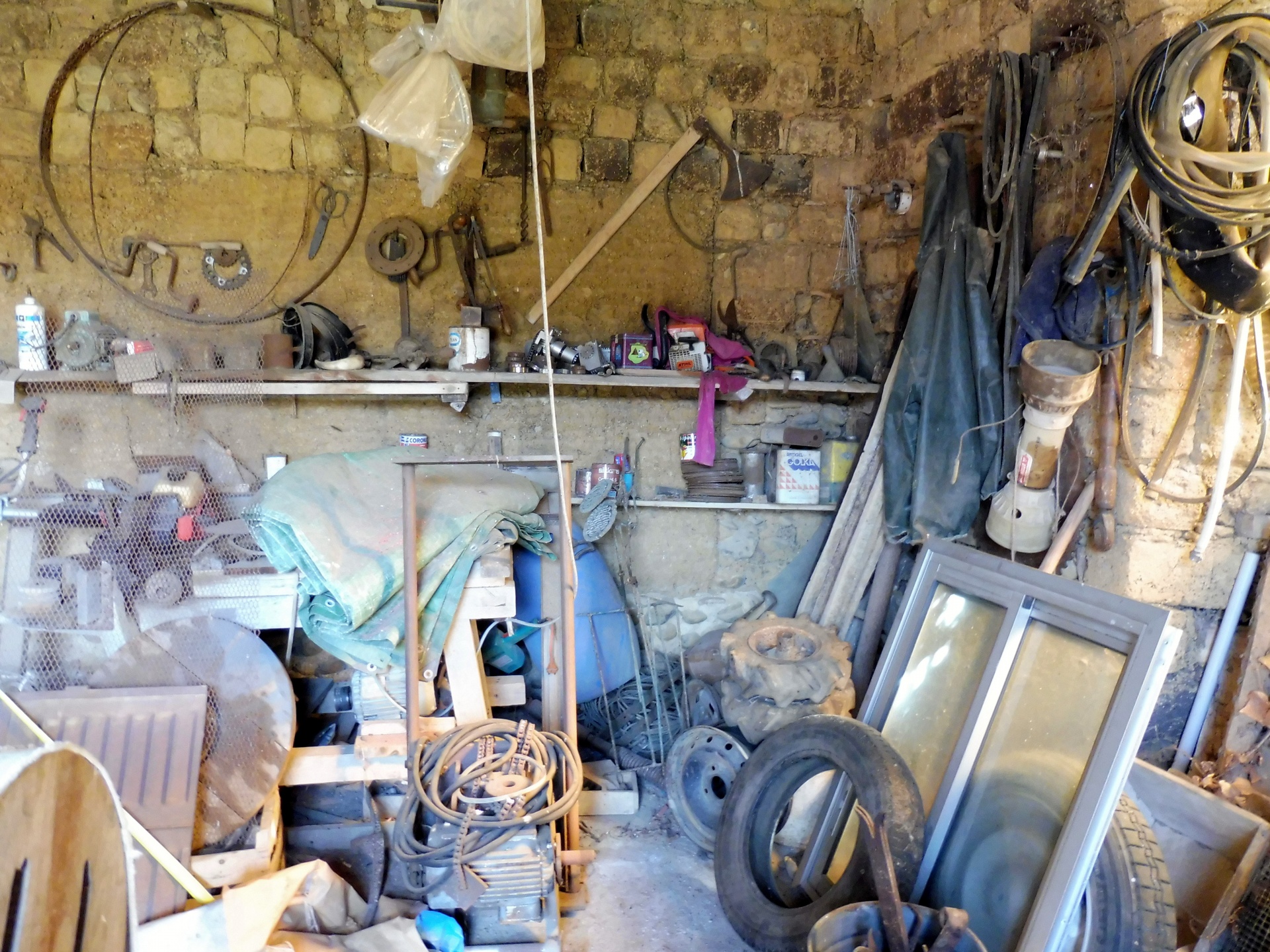Switching to a menstrual cup can feel like a big leap, but it’s an empowering choice that offers comfort, cost savings, and environmental benefits. Whether you’re new to menstrual cups or looking to upgrade, finding the best one for your needs can make all the difference.
With so many options out there, it can be overwhelming to choose the right cup. Don’t worry—we’ve got you covered. In this guide, we’ll break down the top menstrual cups on the market, helping you find the perfect fit for your lifestyle and body.
Understanding Menstrual Cups
Menstrual cups have grown in popularity for their practical and eco-friendly design. They offer many benefits over traditional products.

What Are Menstrual Cups?
Menstrual cups are reusable, flexible cups made from medical-grade silicone, rubber, or latex. They collect menstrual fluid instead of absorbing it. Brands like DivaCup and Lunette are popular choices.
How Do Menstrual Cups Work?
Menstrual cups work by creating a seal against the vaginal walls. They collect menstrual fluid for up to 12 hours. To use, fold the cup, insert it, and let it unfold to form a seal. Remove, empty, rinse, and reinsert as needed. Users often find it easy after a few tries.
Benefits of Using Menstrual Cups
Switching to a menstrual cup offers many advantages, including environmental, cost, and health benefits.
Environmental Impact
Menstrual cups reduce waste. They’re reusable, unlike disposable tampons and pads. Using them decreases landfill contributions. One cup can last up to 10 years. This significantly cuts down on single-use plastic waste.
Cost-Effectiveness
Menstrual cups save money. The initial cost is around $20-$40. Over time, this far outweighs monthly tampon or pad expenses. You can recoup the cost within a few months. Long-term savings are notable, as cups last several years.
Health and Comfort
Menstrual cups offer comfort and safety. They’re made from medical-grade materials, minimizing the risk of toxic shock syndrome (TSS) compared to tampons. They collect rather than absorb, maintaining natural moisture levels. Users report fewer cramps and irritation. The correct fit leads to leak-free protection for up to 12 hours.
Choosing the Best Menstrual Cup
Selecting the right menstrual cup involves key factors and choices. Different brands offer various features to meet individual needs.
Factors to Consider
Material: Most cups use medical-grade silicone, latex, or TPE. Choose based on any allergies or preferences.
Size: Brands typically offer sizes like small, medium, or large. Base it on your flow and cervix height.
Firmness: Firmer cups pop open easier but can be uncomfortable. Softer cups are comfier but may be challenging to position.
Capacity: High-capacity cups hold more, useful for heavy flow days. Smaller ones are suitable for lighter days or beginners.
« Discover the 10 Best Straight Razors for a Perfect Shave: Expert Tips and Reviews Inside
Philips Norelco OneBlade Review: The Ultimate Grooming Tool You Can’t Miss »
Price: Prices range from $20 to $40. Consider your budget and how often you’ll use the cup.
Ease of cleaning: Detachable stems or different shapes make some cups easier to clean.
Popular Brands and Models
DivaCup: Known for wide availability and durability. Comes in three sizes.
Lunette: Features soft and firm options. Popular for its comfort.
Saalt Cup: Includes regular and soft versions. Manufactured with sustainability in mind.
Cora Cup: Noted for its ease of insertion. Has a slip-resistant grip.
MeLuna: Offers a variety of sizes and firmness levels. Made from TPE for those allergic to silicone.
How to Use and Care for Menstrual Cups
You’ll find menstrual cups easy to use if you follow proper techniques and maintenance practices.
Proper Insertion Techniques
Wash your hands before touching the cup. Fold the cup into a “C” shape for easy insertion. Insert the folded cup into your vagina while relaxed. Rotate the cup slightly to ensure it opens fully. Check that the cup creates a seal by running a finger around its base.
Cleaning and Maintenance
Rinse the cup with water after each use. Sterilize the cup by boiling it for 5 minutes between cycles. Use mild, unscented soap for daily cleaning. Store the cup in a breathable cotton bag when not in use. Replace your menstrual cup every 1-2 years based on wear and tear.
Conclusion
Choosing the best menstrual cup can make a world of difference in your menstrual health and comfort. With options like DivaCup, Lunette, Saalt Cup, Cora Cup, and MeLuna, there’s definitely a perfect fit for you. Remember to consider factors like material, size, firmness, and ease of cleaning when making your choice.
Once you find your ideal cup, you’ll enjoy benefits like cost savings and reduced environmental impact. Plus, with proper care and maintenance, your menstrual cup can last for years. Happy cup hunting!















